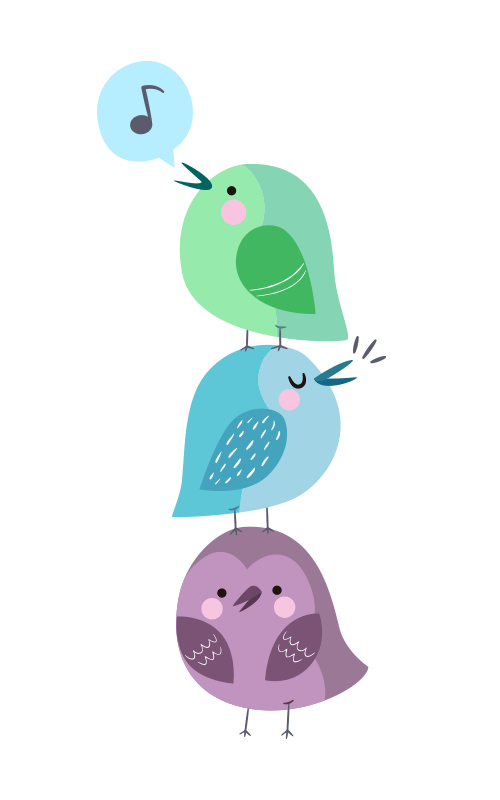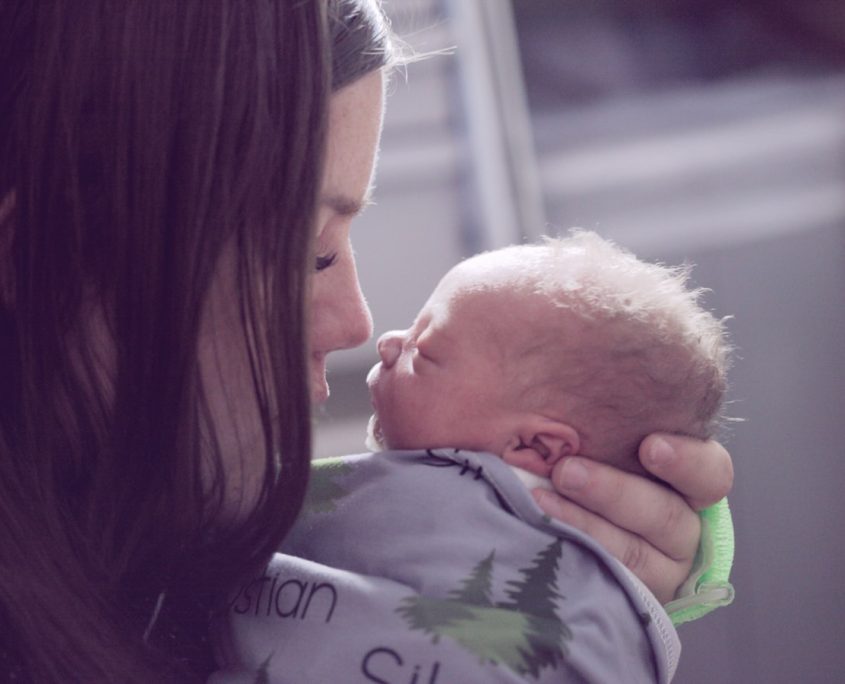BABY, YOU’RE A SUPERSTAR!
Children experiment with their voices from the moment they are born. As they grow, they learn to assemble these accidental sounds into language and song. Zoltan Kodaly, a Hungarian composer, pedagogue, linguist and philosopher said that, all (musical) learning starts with the child’s own instrument – the voice.
Interestingly enough, in Hungary, where the Kodaly method is widely used to teach music, science and mathematics scores surpass those of the United States by far. While this may not be the only reason for the students’ stellar performance in mathematics, it may be partly due to it.
Within the first few months after birth, babies are able to distinguish between small changes in intensity (volume), tempo (fast, slow) and pitch of voice (the emotional content of what is being said). The root of communication between the caregiver and the infant is based on these qualities
These early conversations form the basis for language development.
The tendencies for parents to sing and dance have decreased in many families, probably due to a surplus of reproduced background music or due to changes in our modern day living and routines. It is the caregiver’s singing, rocking or dancing that encourages infant’s attention and integrative processes and support language development.
Our first dialogues with our parents help us to find our voices and develop language skills.
A child’s self-confidence can be cultivated if he feels he has a voice and is heard. This is important, especially later on, in a class situation where children could feel disempowered because they don’t always achieve success or have the right answers. It would be wonderful to benefit academically from something that is as enjoyable as music. And that would be only one of the many benefits.
In an International study by Bjorkvold on the spontaneous use of music in the natural play of children, he found that children integrated spontaneous singing, movement, rhythm and words to express themselves. Movement and voice worked together as complementary modalities to communicate e.g. when simulating driving a car the child will hold onto the ‘steering wheel’ while imitating the sounds of the engine. It is not unusual for children to sing a silly song to learn a new concept. If children do this naturally it makes sense to make use of this innate ability to teach them.
Some helpful tips when communicating with your lovely:
- Vary the volume and pitch of your voice. Have you ever noticed how men talk to babies in higher pitched voices than their normal speaking voices? Songbird songs were all composed with children in mind and that is why they are high pitched. I’ve had parents and teachers ask me about this. Children are more responsive to it and their own voices are still high pitched, so, it makes sense not use Adele pitch 😉 in their songs.
- Make sure to make eye contact when speaking to your infant. This is just as important when they grow up. This is especially important when “big emotions” come to play. Demonstrating calm and relaxed expressions provides infants with a sense of safety and security.
- When your infant or toddler “makes up” a song or babbles encourage them by joining in and praising them. Remember these are their first conversations and although no one else might understand what they are trying to communicate it does not make it less important or special.
- Lastly and most importantly: enjoy this special time with your child. This moment is all we have.
Bjorkvold, J. 1987. Our Musical Mother tongue-world wide: Some communicative traits of Young Children. In: Soderbergh, R. (ed.) Children’s Creative Communication, Norway: Lund University Press.
© Take note that all articles are under Copyright and may only be used with the written consent of the author.





